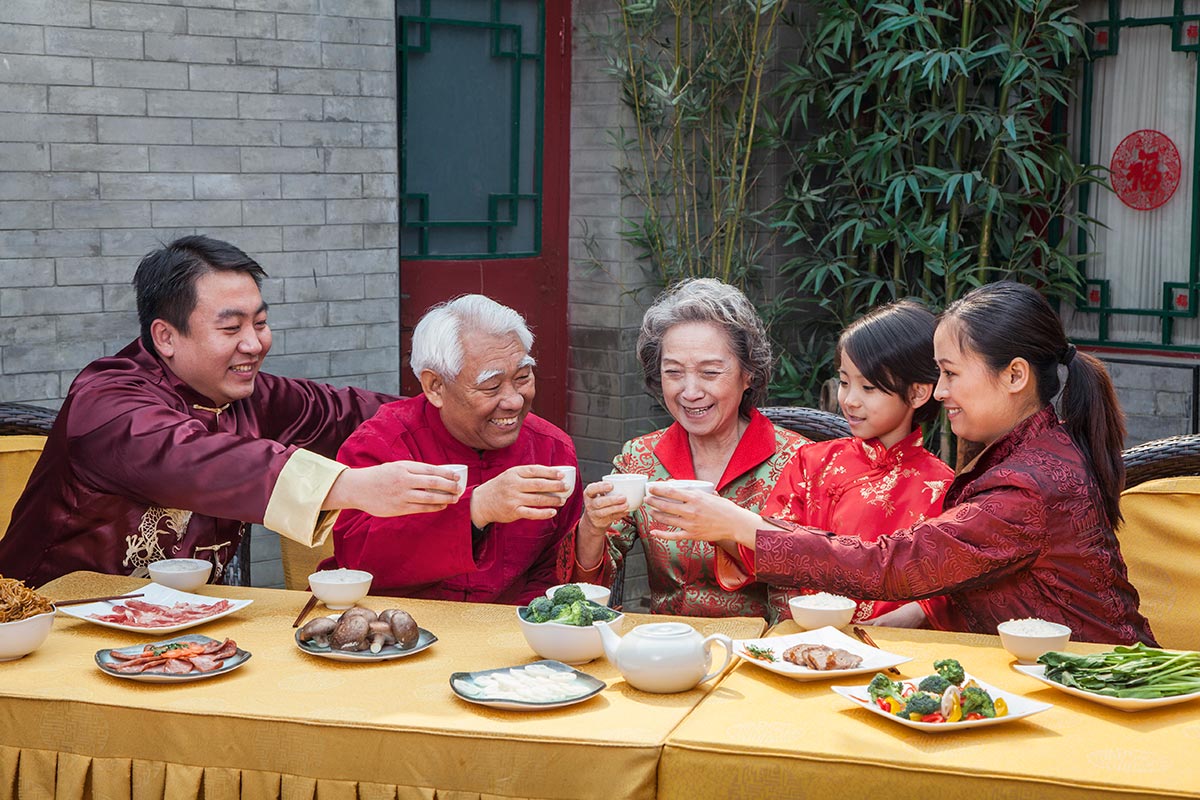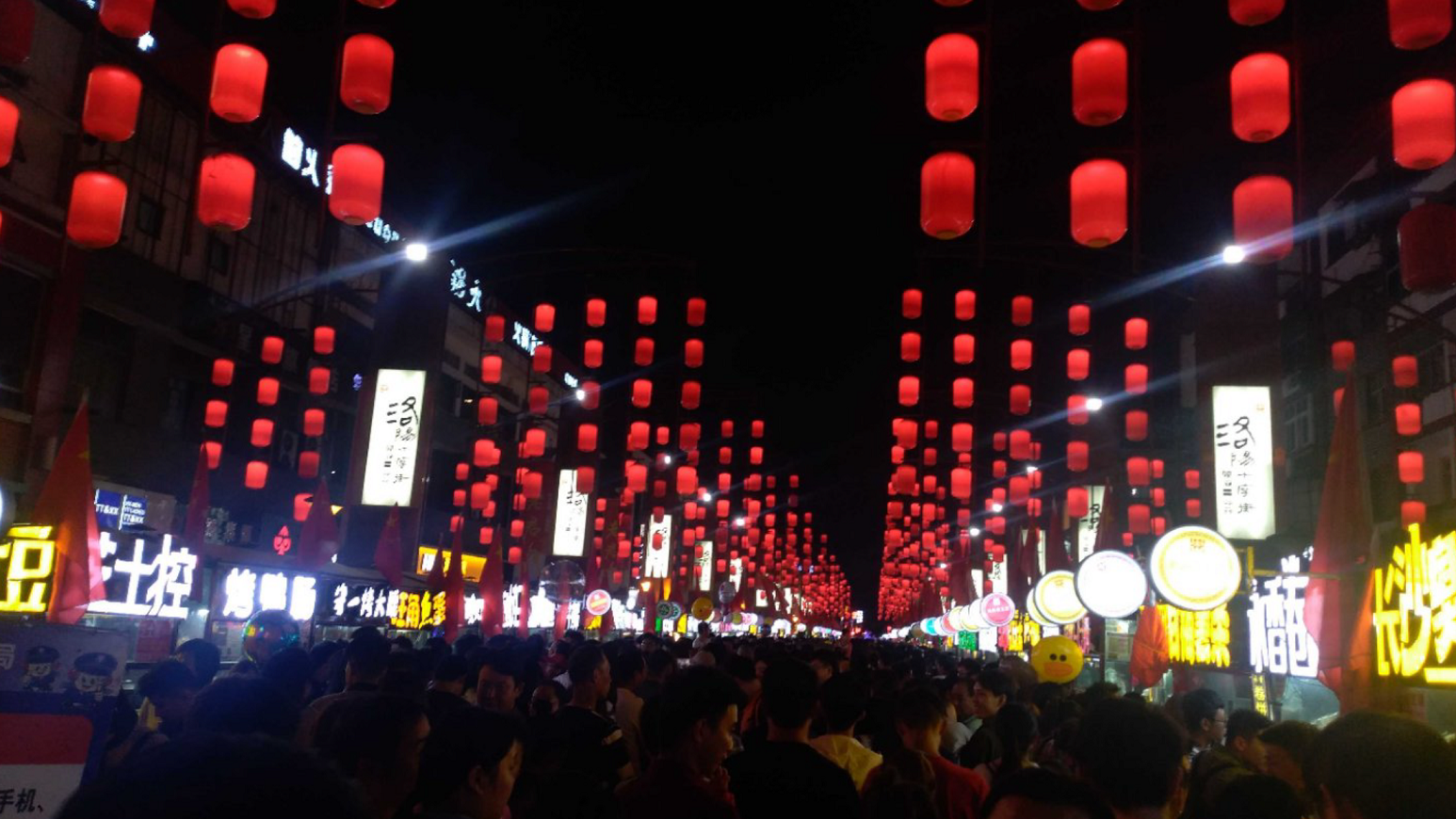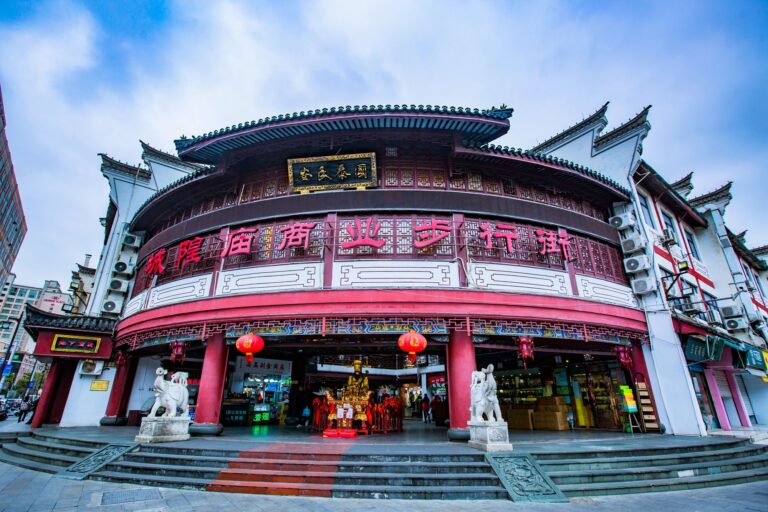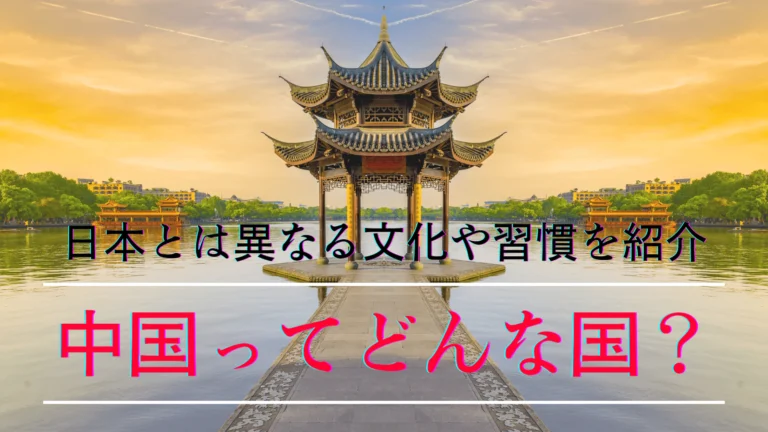
Differences between Japanese and Chinese cultures as seen by a Chinese reporter: The evolution of each from the same origin
Japan and China are neighboring countries across a belt of water. However, the traditional festivals, food culture, and ethnic composition of the two countries are vastly different, and even their common characters, kanji, have their own unique characteristics. This time, a reporter from China has summarized the similarities and differences between Japanese and Japanese cultures that he felt after coming to Japan.
Source: Todaishimbun, Composition: Liu Yan
Japanese and Chinese culture reflected in cuisine
First, let’s take the traditional holidays of New Year and Boy’s Festival as examples. While Japan celebrates the New Year, China celebrates the Lunar New Year (Spring Festival) based on the lunar calendar. Due to the lunar calendar, the date of Spring Festival differs every year. During the Chinese New Year, bright red lanterns are hung everywhere (Figure 1) , and bright red Chunlian and upside-down characters for “Fu” are pasted on the windows and doors of houses. Chunlian is a piece of paper with auspicious messages written on it for the Spring Festival. The upside-down “fuku” is called “kōfuku,” and since “tō,” which means upside down, and “to,” which mean arrival, have the same pronunciation, it represents the arrival of good fortune.

(Figure 1) Lantern scenery during Chinese New Year
Furthermore, in northern China, it is a tradition for families to chat and eat boiled dumplings on New Year’s Eve. In contrast, in the south, spring rolls are an essential food on New Year’s Eve.
In Japan, Tango no Sekku is Children’s Day, which is celebrated on May 5th of the new lunar calendar to celebrate the healthy growth of boys, but in China, which uses the lunar calendar, it falls in June, about a month later than the new lunar calendar. It is recognized as a day to pray for good health, and in addition to eating rice cakes, people decorate the doors and windows of their homes with mugwort, which is said to be able to exterminate evil spirits and pests, and a dragon boat race called the Dragon Boat Race is held.
Regarding food culture, when it comes to gyoza, grilled gyoza are the mainstream in Japan, but boiled gyoza are more common in China. Leftover soup dumplings are often baked the next day. In contrast, in China, boiled dumplings are eaten as a staple food, whereas in Japan they are eaten as a side dish. There are no set ingredients for Chinese dumplings, and individuals can combine vegetables such as carrots and corn with mushrooms and meat (beef, sheep, pork, etc.) according to their personal preference. Seasonings include black vinegar, chili oil, sesame oil, garlic powder, and soy sauce. When it comes to vinegar, white vinegar is the mainstream in Japan, but black vinegar is more common in China when it comes to boiled dumplings and hot pot dishes.
What surprised the reporter most when he came to Japan was the “hiyashi culture.” Almost all restaurants in China serve hot water. This is because hot drinks are said to be good for the body’s metabolism and stomach health. I also noticed that in Japan, people eat Chinese food such as Chinese bowls and hiyashi chuka that are not available in China. In China, there is a dish called Ankake Gohan, but the toppings used are not specified and vary depending on the region and individual preference. For this reason, it can be said that Chinese cuisine in China and Japan has the same origin, but the seasonings and methods of preparation are different and each has its own flavor.
In terms of ethnic composition, Japan has relatively few types of ethnic minorities, while China has 55 ethnic minorities, including the Zhuang and Hui, and has a population of approximately 120 million people. For this reason, the culture of each ethnic minority is respected everywhere, with almost all universities having halal cafeterias in consideration of the dietary habits of the Muslim Hui people.
Is a dictionary necessary to understand the meaning of characters?
Kanji are characters commonly used in both Japan and China, but modern kanji can be considered to consist of traditional characters, simplified characters, and kanji commonly used in Japanese (Figure 2) .

For example, the traditional Chinese character “圖書館” is written as “图书馆” in simplified Chinese characters, and “library” in Japanese common kanji. During both Japan and China, attempts were made to simplify the characters to make them easier to write in order to improve the literacy rate, but at the same time, their significance as hieroglyphics began to fade. Furthermore, among the commonly used Japanese kanji, there are also Japanese national characters that are not found in Chinese, such as “touge” and “tsuji.”
What the reporter found difficult when studying Japanese was “homographs.” For example, in Chinese, “teacher” is used to refer to a man as “Mr. ○○”, which is different from the Japanese word for a specific occupation. The Japanese word “amijin” in Chinese means “the one you love,” and refers to a spouse. The Chinese word for “mistress” in Japanese is “third party,” and the Japanese word “third party” is the Chinese word for “third party.” In addition, “study” in Chinese means “doing something by force.” The way the character “Qiang” is written is also slightly different; in simplified Chinese, the upper right part is “强”, which means “mouth”.
Furthermore, there are words such as “juyo” and “health” that have almost the same form and meaning in both Japan and China. On the other hand, there are expressions that are only used in either day or day. There is no “kaiyasha” in Japanese, which means staying up all night to work or study, and there is no kanji combination for “order” in Chinese. Other expressions used only in China include “diancai,” which means to order food, and “订购,” which means to order luggage.
Furthermore, the Japanese kanji expression “good wife wise mother” exists in Chinese as “wise wife good mother” with a changed word order. The Japanese word “heiwa” is expressed as “heihei” in Chinese, so it is important to pay attention to how the letters are arranged. The usage of particle words is also different; “hon” is used in China to count books and magazines, but in Japan it is mainly used to count long and thin objects. The Chinese word “tatami” is used interchangeably with “sheet” when counting tatami mats, and the Japanese word “tatami” is transliterated and expressed as the kanji “榻榻米” pronounced tatami.
As mentioned above, the kanji expressions in Japan and China have both similarities and differences, making it difficult to simply distinguish between them. After the reporter came to Japan, he developed the habit of checking kanji in a dictionary every time, rather than judging them by their meanings in his native language. It can be seen that kanji and kanji expressions developed independently in Japan and China.


